News
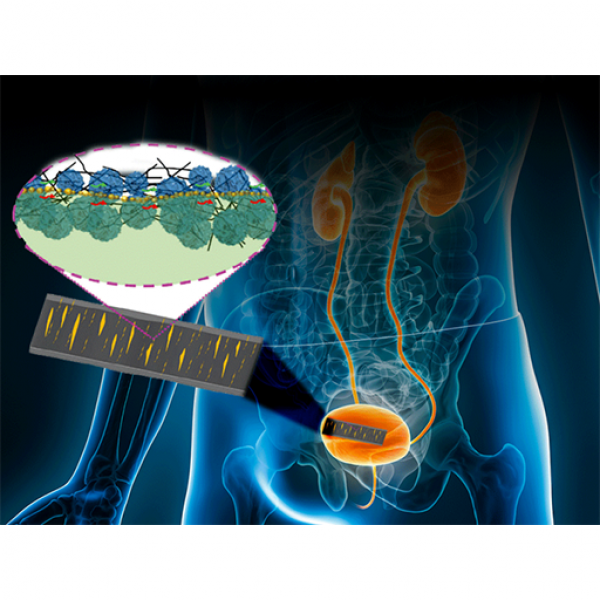
Jul 10, 2025
Skin-like sensor monitors internal, external body movement, electrical signals
A new skin-like sensor developed by an international team led by researchers at Penn State could help doctors monitor vital signs more accurately, track healing after surgery and even help patients with bladder control issues.
Full Article
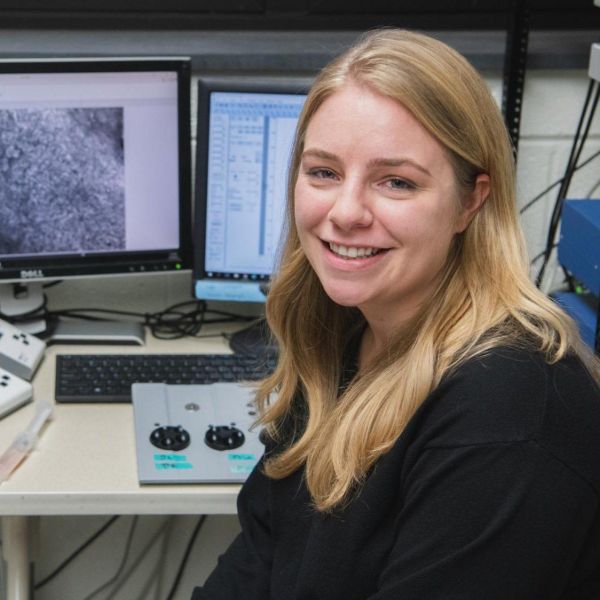
Jul 08, 2025
Q&A: Does adolescent alcohol use impact future risk of addiction?
Postdoctoral fellow Laurel Seemiller studies the biology and long-term consequences of adolescent alcohol usage. In this Q&A, Seemiller spoke about her research and her experience at Penn State.
Full Article
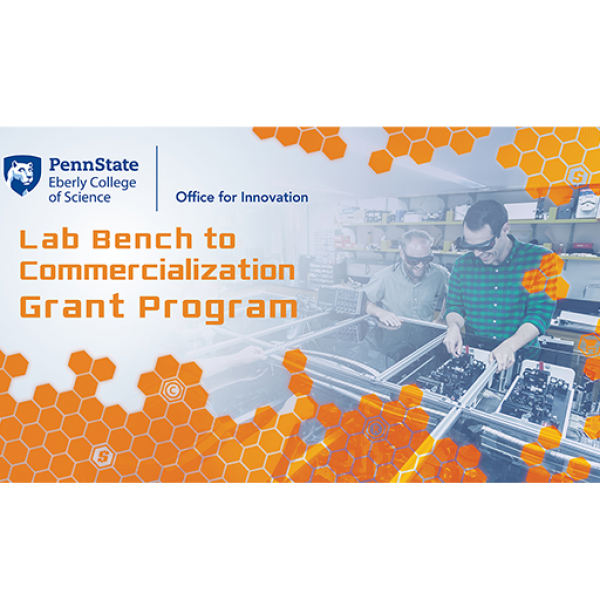
Jul 01, 2025
Lab Bench to Commercialization program broadens its scope
Eberly College of Science seed grant program to shift emphasis to earlier development of research, focusing on societal impact and career readiness.
Full Article
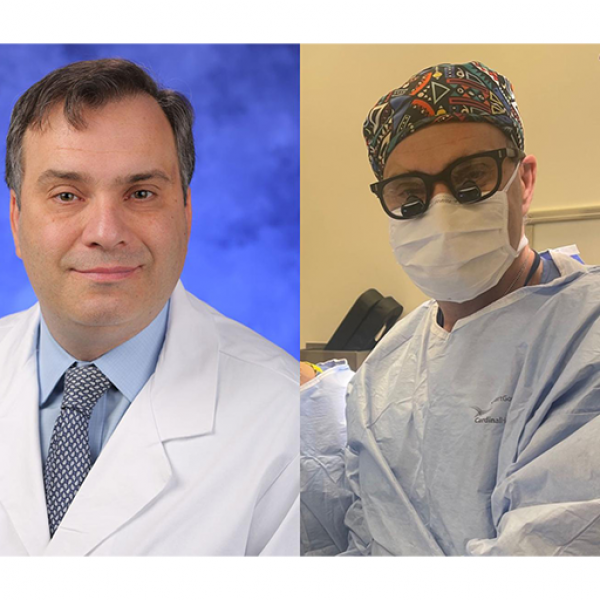
Jul 01, 2025
Huck Chair builds regenerative medicine bridge from lab to surgical suite
With support from the Huck Institutes of the Life Sciences, Dino Ravnic advances translational research through cross-campus partnerships.
Full Article

Jun 11, 2025
Q&A: Unifying the microbiome sciences for global health and sustainability
Recently, members of Penn State's One Health Microbiome Center published an article in the American Society for Microbiology’s flagship journal, mBio. In this Q&A, a few of the paper’s authors discussed how the center is leading the charge to breakdown traditional disciplinary silos and expand the One Health focus to include more than just pathogenic microbial threats.
Full Article

Jun 04, 2025
Huck Chair in Nanomedicine plans to take research from bench to bedside
As biomedical challenges grow more complex, Penn State’s Dipanjan Pan is pioneering a multifaceted approach to nanomedicine that spans basic research, clinical translation and entrepreneurial deployment.
Full Article
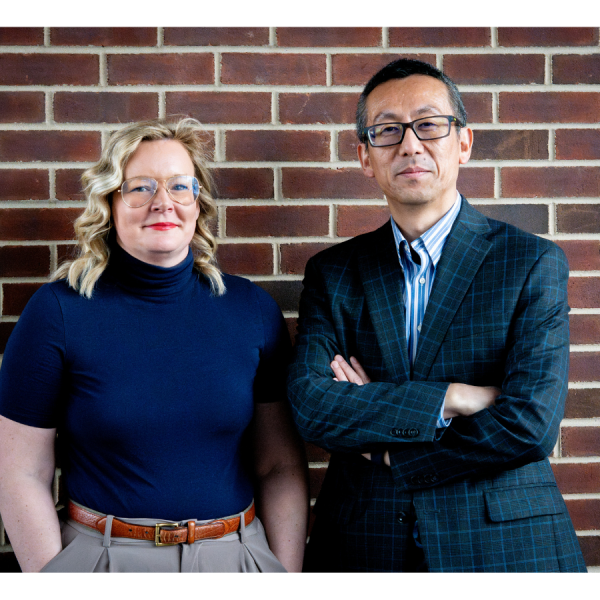
Jun 04, 2025
$2.9M grant funds study on long-term effects adolescent binge drinking
An interdisciplinary team of researchers at Penn State will use a new five-year, $2,900,000 grant to investigate the long-term effects of excess alcohol drinking during adolescence.
Full Article
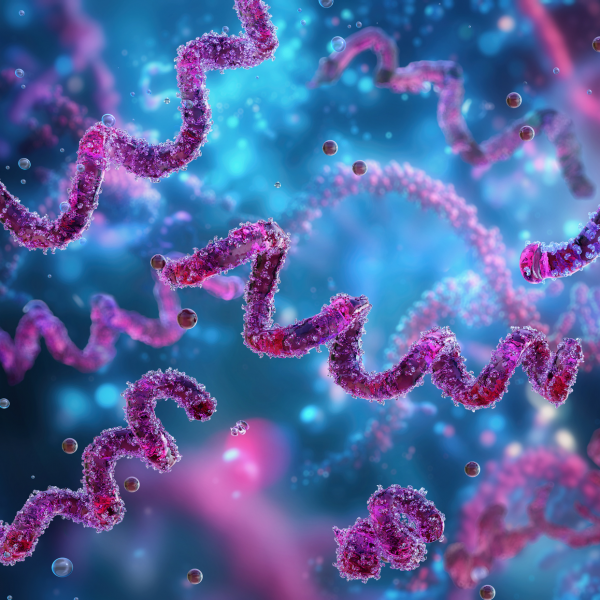
May 02, 2025
$2.7M NIH grant to fund first comprehensive syphilis test
In collaboration with his clinical partners at Penn State Health, Carle Foundation Hospital and University of Alabama Birmingham, Dipanjan Pan aims to develop a one-step confirmatory laboratory test that can definitively diagnose active syphilis infection within 10 minutes.
Full Article
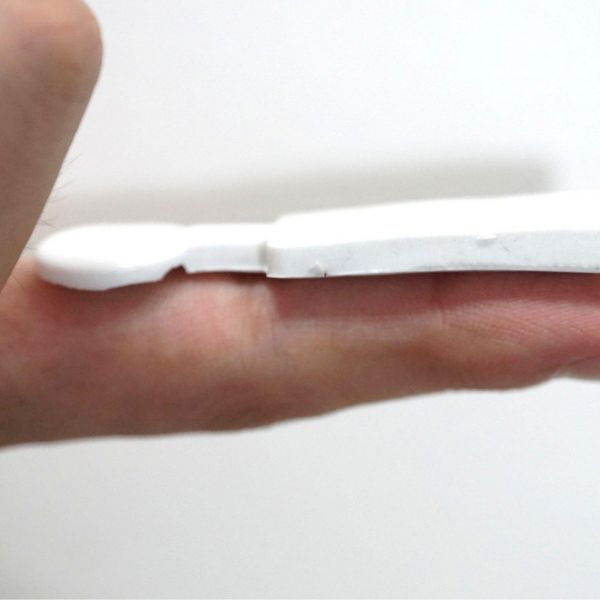
Apr 22, 2025
High-tech sticker can identify real human emotions
A team led by scientists at Penn State has created a stretchable, rechargeable sticker that can detect real emotions — by measuring things like skin temperature and heart rate — even when users put on a brave face.
Full Article
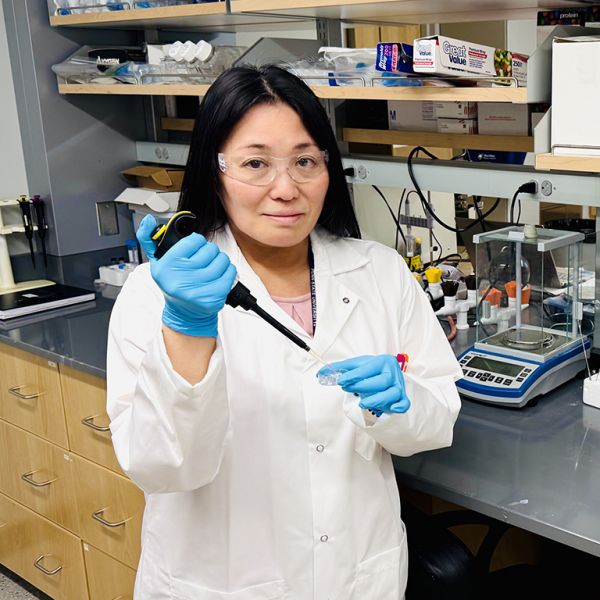
Apr 09, 2025
‘Patchy’ thermogels show next-gen biomedical material potential, scientists say
Special biomedical materials that can be injected as a liquid and turn into a solid inside our bodies — called thermogels — could provide a less-invasive way to deliver drugs or treat wounds. Scientists at Penn State have developed a new design for these materials that further improves their properties and may hold particular promise for use in tissue regeneration, the researchers said.
Full Article